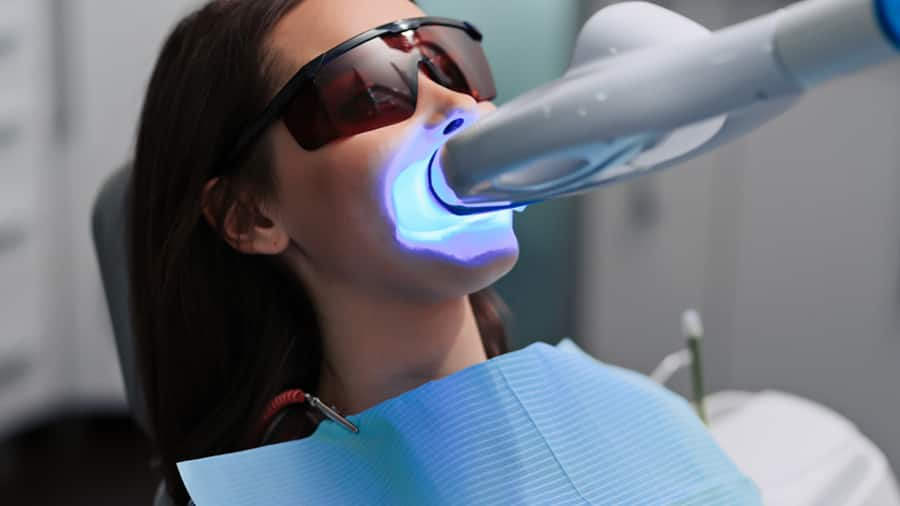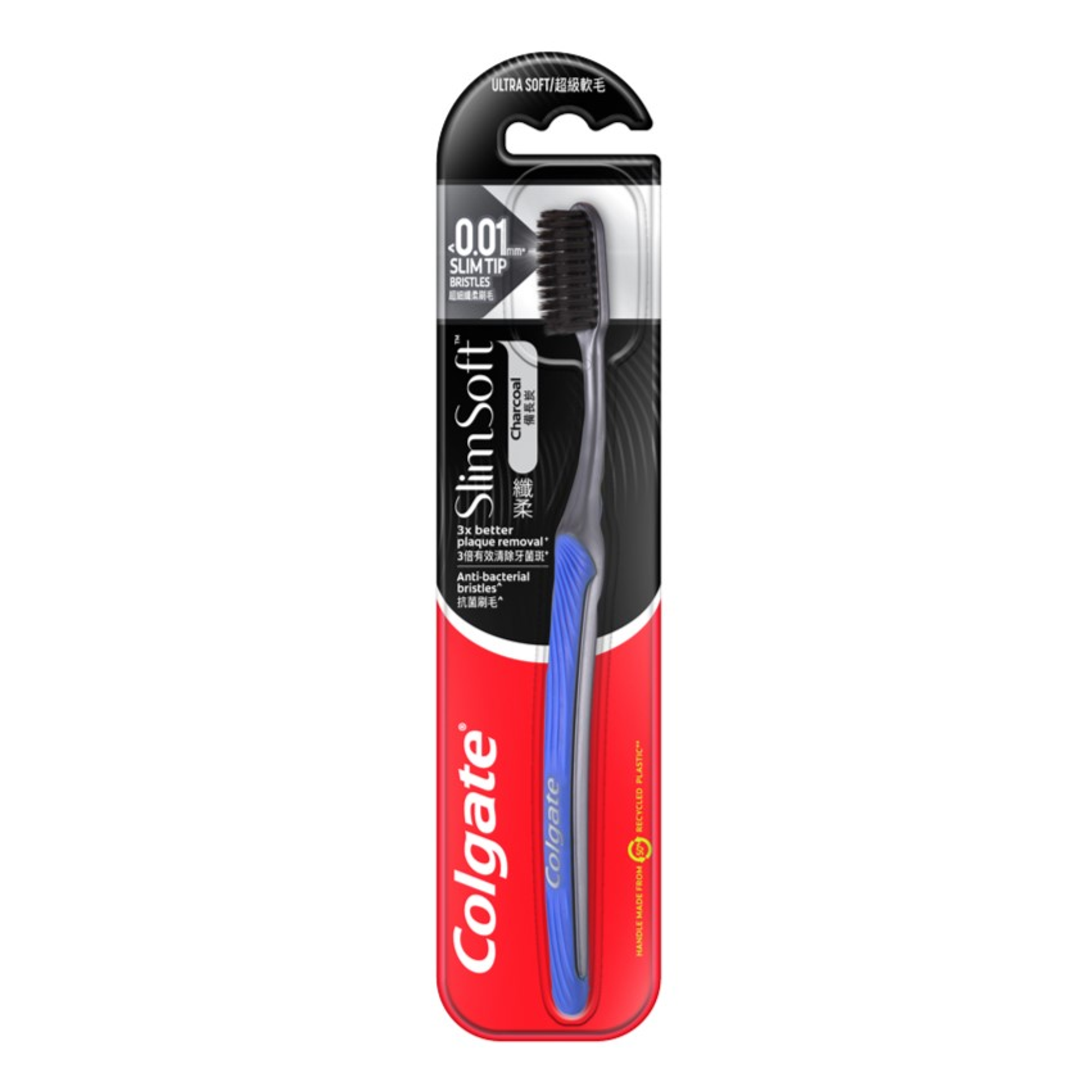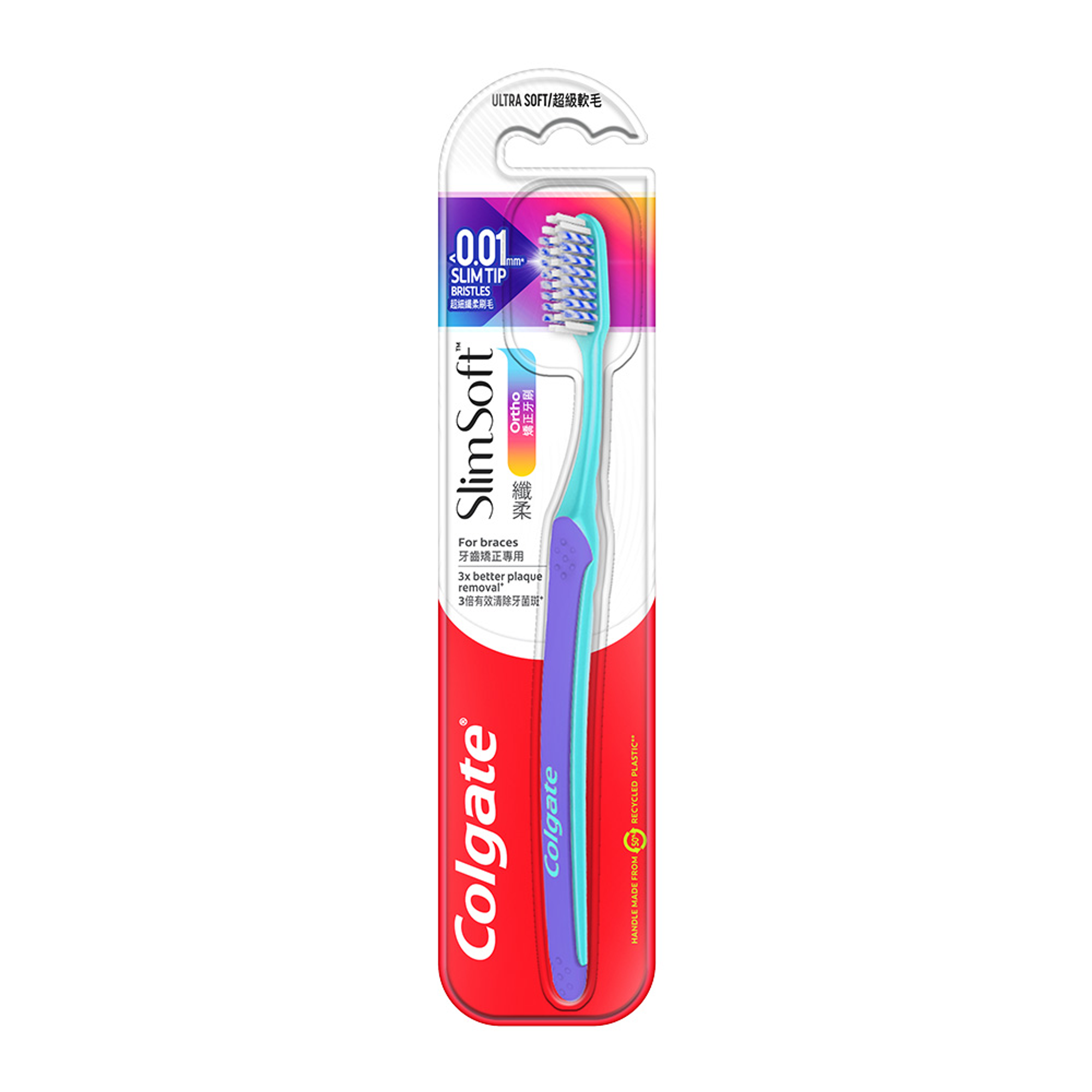What Do Braces Do?
Orthodontic treatments can solve multiple mouth issues. These issues include teeth crowding, missing or extra teeth, tooth spacing, and improper bites. Orthodontic problems are also known as malocclusions. Occlusion refers to the way your upper and lower teeth fit together — also known as your bite. With proper occlusion, your upper teeth fit slightly over your lower teeth, and each molar fits the grooves of the opposite molar. So, malocclusion means that your bite is irregular, and you need orthodontic treatment — like braces — to fix it. If you do not address malocclusions, they can cause problems later, including worn enamel, tooth decay, and chewing and speaking issues.
When Should You First Visit the Orthodontist?
Most patients begin treatment for malocclusion between the ages of 12 and 14, when the baby teeth have fallen out and are replaced by a new set of permanent teeth. However, due to jaw growth discrepancy or improper positioning of emerging teeth, some patients get braces as early as seven years old. In fact, it is recommended for you to bring your child for their first orthodontist visit by the age of seven.
Your child's teeth and jaw are still developing at this age, making some orthodontic issues — such as underbites or very crowded teeth — easier to address. Still, many orthodontic problems are best treated after all the permanent teeth have come in. An early appointment will help confirm your child does not need treatment or might need treatment in the future. If you need help determining whether or not to schedule an appointment, talk to your child's dentist. They can look at your child's mouth and even refer you to an orthodontist.
What Types of Misalignment Should You Look For?
Be proactive about your child's orthodontic needs by monitoring their teeth for misalignment. According to SingHealth, improper alignment is common and often hereditary.
You can watch for these three classifications of malocclusion:
- Class 1: The individual has a normal bite, but the upper teeth barely overlap the bottom teeth.
- Class 2: The upper teeth severely overlap the lower teeth and jaw, called an overbite.
- Class 3: The lower teeth protrude beyond the upper teeth and jaw, called an underbite.
If your child has difficulty biting or chewing, speech issues (including a lisp) or a mouth-breathing tendency, they might have abnormal tooth alignment. Your child's dentist or orthodontist can assess the situation and help you determine treatment options.
How to Help Your Child Adjust to Braces
Braces can stir up a variety of emotions. Parents and caregivers can help by providing encouragement and preparing your child for each step of the way. From the first visit with the paediatric orthodontist to the final removal appointment, set your child up for orthodontic success with these tips:
- Get them excited. Even if your child feels a little bit fearful of this new mouth accessory, you can find something to excite them. Whether that's brainstorming what colour bands they will choose or reminding them the orthodontist office has their favourite video game, find something for them to look forward to. And if you can't find it, then make it! Pull them out of school a little early for a special lunch or snack together before your appointment. (Don't forget to bring their toothbrush along!)
- Teach proper hygiene. Help your child protect their healthy smile while wearing braces with a little preparation. Teach them which foods can harm their new hardware, show them how to brush in and around all brackets and wires, and purchase special floss or a water flosser to help them clean between their teeth.
- Prepare them for any pain. Braces can hurt, so be honest with your child without scaring them. If your child gets braces, they will likely experience some pain and discomfort after adjustments. Stay ahead of the pain with over-the-counter pain relievers, and purchase some special wax to help prevent their gums and cheeks from irritation or poking from the braces or wires.
- Boost their confidence. If you have an older child, braces might cause feelings of awkwardness or even resentment. Stay connected with your child to make sure they aren't experiencing any bullying at school. Point out how common braces are or how many of their friends also have braces. And finally, remind them of the end goal. A healthy smile will make them feel confident for a lifetime — definitely worth a year or two of braces.
Who Needs Braces?
Even if your child — or you — have surpassed the age of seven, it's never too late to schedule a visit with your orthodontist. Plenty of teens and adults improve their smiles to reap the rewards of fixing bite issues. Addressing crooked or crowded teeth makes it easier to brush and floss, which reduces plaque and lowers your risk of developing cavities and gum disease. Plus, a straight smile can increase your confidence. While the best age for braces might be during childhood years when teeth are still developing, you can still pursue a healthy smile at any age.












